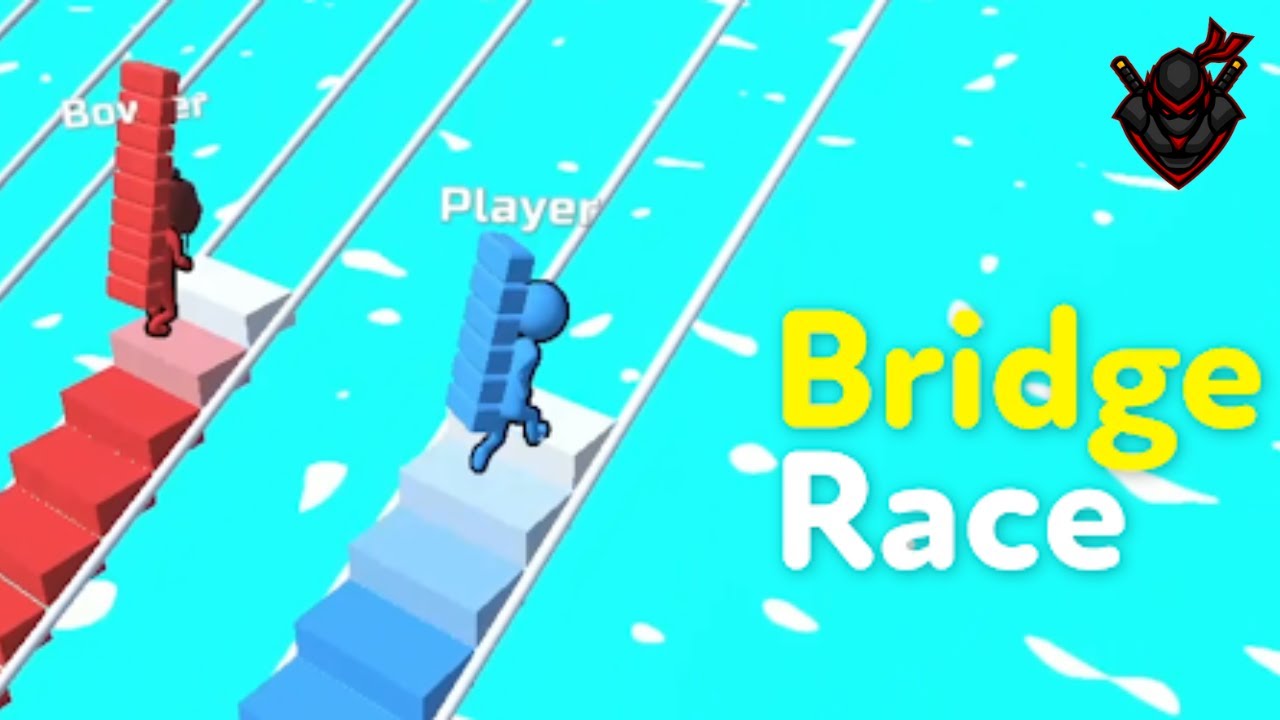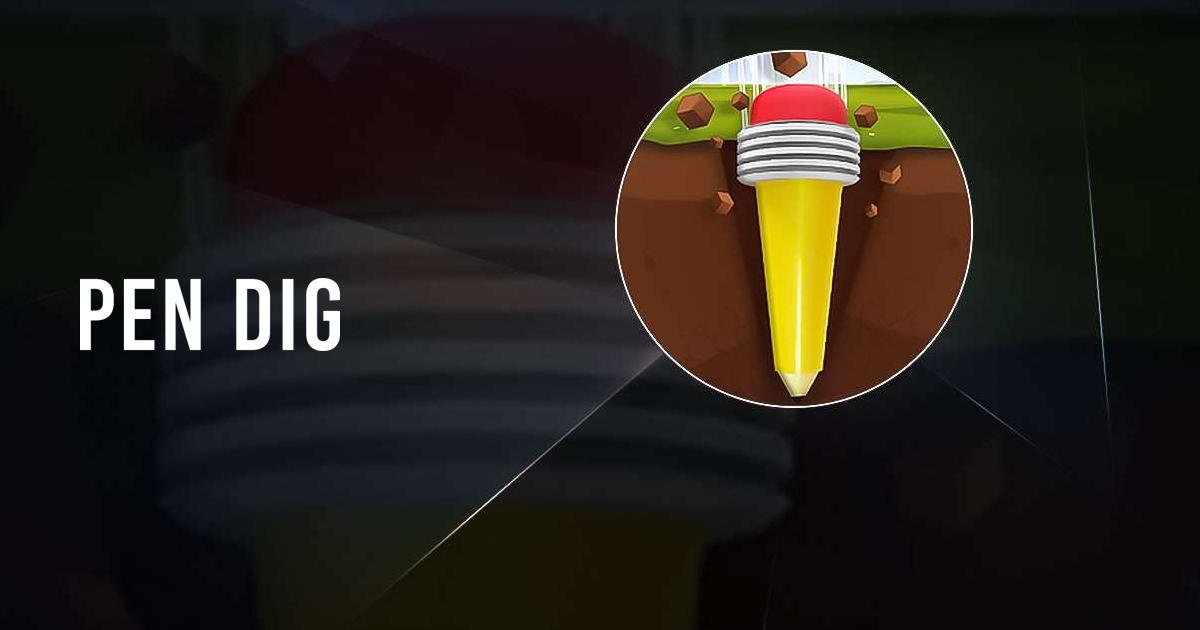Samurai Shodown, originally released in 1993 by SNK, has secured its place as a beloved fighting game franchise known for its rich history, distinct characters, and unique weapon-based combat. This article will explore the evolution of Samurai Shodown, its gameplay mechanics, character roster, and the cultural impact it has had over the years.
The Origins of Samurai Shodown
The Birth of a Franchise
The first Samurai Shodown game was released in arcades in 1993 and quickly gained popularity for its innovative gameplay and stunning visuals. Set in the late 18th century, the game features a roster of diverse warriors who use various weapons, each with their unique fighting styles. The game’s emphasis on tactical play and strategic decision-making set it apart from other fighting games of its time.
Key Innovations
Samurai Shodown introduced several gameplay mechanics that became staples in fighting games:
- Weapon-Based Combat: Unlike most fighting games where characters fight unarmed or with their fists, Samurai Shodown emphasizes weaponry, making each character’s weapon a crucial aspect of their fighting style.
- Defensive Strategies: The game encouraged players to adopt defensive tactics, rewarding well-timed blocks and counterattacks over constant aggression.
- Spirit Gauge: This unique mechanic allows players to unleash powerful moves when their Spirit Gauge is full, adding an additional layer of strategy.
Gameplay Mechanics
Core Gameplay
At its core, Samurai Shodown is a weapon-based fighting game that rewards patience and strategy. The game emphasizes timing, spacing, and precision over button-mashing, making each match feel like a duel rather than a brawl.
Basic Controls
- Attack: Each character has a set of light, medium, and heavy attacks that can be combined for devastating combos.
- Defense: Players can block attacks, perform dodges, or execute counters to turn the tide of battle.
- Special Moves: Each character possesses unique special moves that require precise inputs to execute effectively.
The Importance of Spacing
Understanding spacing is crucial in Samurai Shodown. The game’s slower pace encourages players to maintain distance and carefully consider their approach. Engaging at the right range allows players to capitalize on their weapon’s reach and avoid unnecessary damage.
Character Roster: A Diverse Array of Warriors
One of the standout features of Samurai Shodown is its diverse roster of characters. Each warrior has their unique backstory, fighting style, and special moves.
Iconic Characters
Haohmaru
Haohmaru is the series’ protagonist, a wandering samurai known for his fierce swordsmanship and signature move, the “Tenshou Seki.” His balanced abilities make him a well-rounded choice for players.
Nakoruru
Nakoruru, a female warrior, wields a katana and has a strong connection to nature. She is known for her agility and unique ability to summon a hawk to aid her in battle.
Genjuro
Genjuro is a formidable opponent known for his aggressive playstyle and powerful moves. His signature attack, the “Iai,” allows him to deliver devastating damage in a single strike.
New Additions in Samurai Shodown (2019)
The 2019 reboot of Samurai Shodown introduced new characters while bringing back fan favorites. Notable newcomers included:
- Yoshitora: A charismatic samurai with the ability to summon spirits.
- Darli Dagger: A skilled pirate who uses a large weapon in her combat style.
Visuals and Aesthetics
Artistic Style
Samurai Shodown is renowned for its striking visual style, combining hand-drawn animations with stunning backgrounds. The game’s art direction draws inspiration from Japanese culture, creating an immersive atmosphere that enhances the overall experience.
Soundtrack
The game’s soundtrack features traditional Japanese music, enhancing the thematic elements of each battle. The music complements the intense gameplay, creating a captivating auditory experience.
Cultural Impact and Legacy
Influence on Fighting Games
Samurai Shodown has significantly influenced the fighting game genre. Its unique mechanics, character designs, and weapon-based combat have inspired countless developers and games that followed. The series’ emphasis on tactical gameplay paved the way for future titles that prioritize strategy over speed.
Competitive Scene
The competitive scene for Samurai Shodown has remained vibrant since its inception. The game’s strategic depth has led to its inclusion in various fighting game tournaments, allowing players to showcase their skills and strategies on a global stage.
Tips for Mastering Samurai Shodown
1. Learn Each Character’s Moveset
Understanding the moveset of your chosen character is crucial. Spend time practicing their special moves, combos, and defensive techniques to become proficient in your character’s strengths.
2. Practice Timing and Spacing
Since Samurai Shodown rewards timing and spacing, practice keeping your distance and waiting for the right moment to strike. Patience can often lead to victory.
3. Utilize Defensive Strategies
Defensive play is key in Samurai Shodown. Use blocks, counters, and dodges to minimize damage and create openings for counterattacks.
4. Explore the Spirit Gauge
Make effective use of the Spirit Gauge to unleash powerful moves at critical moments in battle. Learning when to save and utilize this gauge can turn the tide in your favor.
Conclusion
Samurai Shodown stands as a testament to the evolution of fighting games, with its rich history, unique mechanics, and captivating characters. The series has endured for decades, captivating fans with its blend of strategy, artistry, and intense gameplay. Whether you’re a seasoned veteran or new to the franchise, Samurai Shodown offers a deeply engaging experience that celebrates the art of combat. Embrace the way of the samurai, and immerse yourself in the legendary world of Samurai Shodown!


